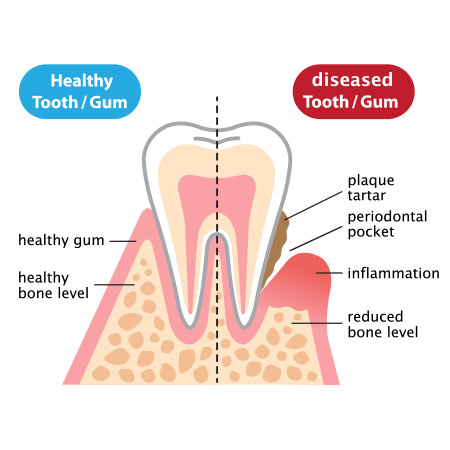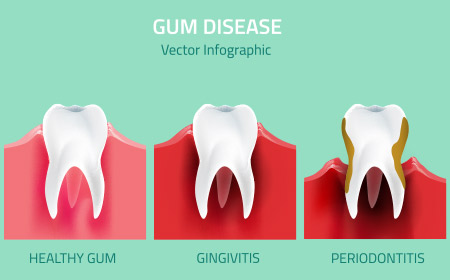

Periodontal Scaling and Root Planing (often referred to as deep cleaning/ gum therapy) is a non-surgical procedure used to treat gum disease (periodontitis). It helps remove plaque, tartar (calculus), and bacteria from below the gumline to promote healing of the gums and prevent further damage to the teeth and supporting structures and is done when a patient has signs of gum disease, such as gingivitis or periodontitis.
The procedure is done in two steps:
The main goal of scaling and root planing is to treat gum disease by:
Your dentist or hygienist may recommend scaling and root planing if you have:
Scaling and root planing is typically done under local anesthesia to ensure the patient is comfortable during the procedure. If the procedure is extensive (e.g., if many teeth are affected), it may be done in multiple sessions. Here’s a breakdown of what to expect during the procedure:
After the procedure, you may experience:
Not everyone with gum disease will need scaling and root planing. The decision to proceed with this procedure depends on the severity of the gum disease, how deep the pockets are, and other individual factors.
In cases of mild gum disease (gingivitis), regular brushing, flossing, and professional cleanings may be sufficient. However, when gum disease has advanced to periodontitis with deep pockets and significant plaque/tartar buildup, scaling and root planing may be necessary to avoid further complications.
In more severe cases of gum disease, where scaling and root planing alone may not be sufficient, additional treatments may include:

Periodontal scaling and root planing is an effective, non-surgical treatment to manage gum disease, reduce gum inflammation, and prevent tooth and bone loss. It is an essential procedure for maintaining optimal gum health, especially for individuals who have advanced stages of gum disease. Periodontal disease is linked to a lot of other health conditions like Diabetes, Alzheimers, heart disease.
If you are experiencing signs of gum disease, please do call us to schedule a consult and learn more about your current gum health.